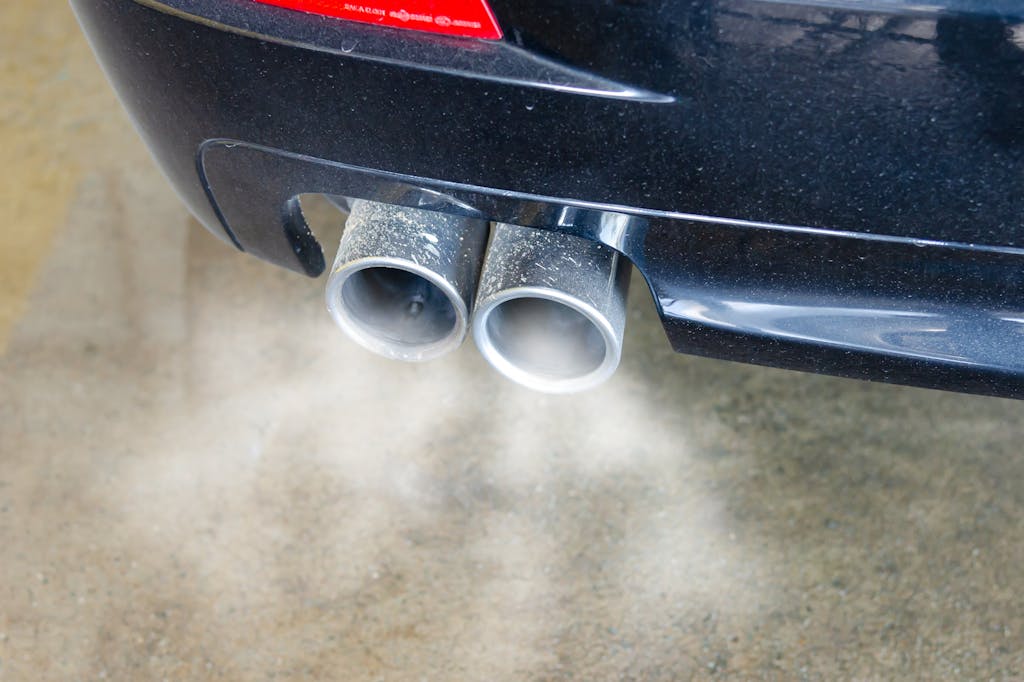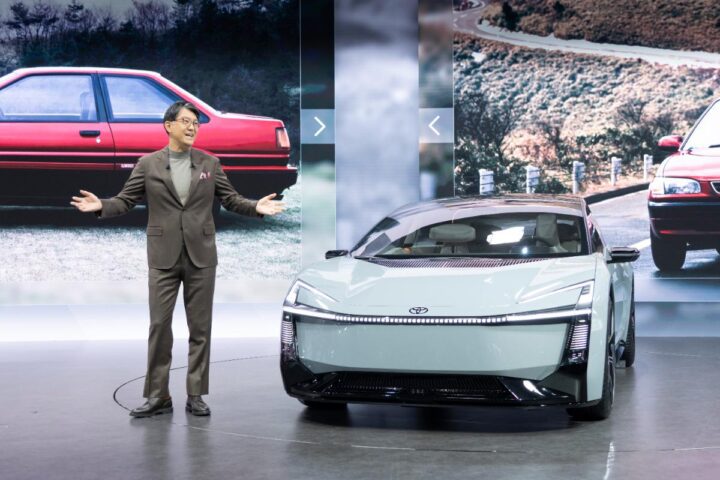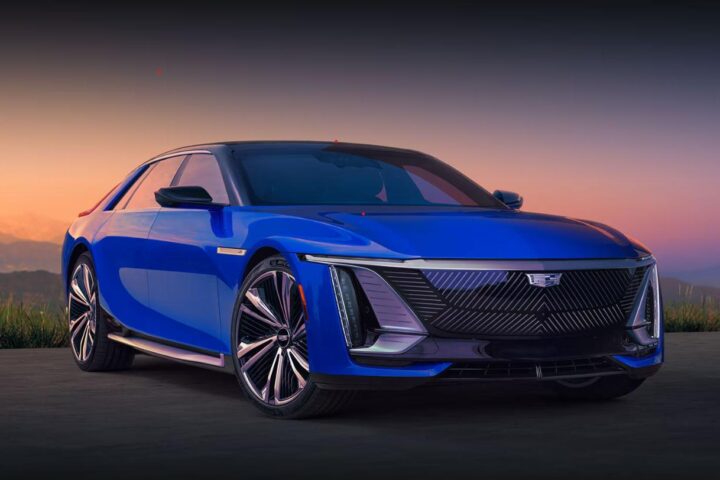A new study from the University of York has found that a straightforward change in car design could significantly reduce harmful air pollution on UK pavements. Moving exhaust pipes from the left side to the right side of diesel cars could cut roadside pollution by up to a third.
The research team discovered that cars with exhausts on the left side (closest to the pavement in the UK, where vehicles drive on the left) create 40% more pollution at pavement level compared to cars with right-sided exhausts.
“These findings demonstrate that even seemingly small details in vehicle design can have a substantial impact on air pollution close to roads,” said Professor David Carslaw from the University of York’s Department of Chemistry, who led the study.
In the UK, about 80% of diesel cars have their exhausts positioned on the left side. This positioning matters because exhaust gases don’t immediately mix with the surrounding air. Instead, they form a concentrated plume that gradually disperses. When the exhaust is on the left side, this plume is released directly toward the pavement where people walk.
The researchers used advanced measurement techniques to track exactly how these exhaust plumes move and spread. They employed high-speed pollution sensors that take measurements several times per second, combined with a method called “plume regression” to analyze how vehicle exhaust pollution disperses.
This measurement approach allowed the scientists to connect pollution levels with specific vehicle characteristics such as fuel type, exhaust location, size, and speed. The team gathered this vehicle information using automatic license plate readers.
The study calculated that if all diesel cars in the UK had their exhausts positioned on the right side (away from the pavement), nitrogen oxide (NOx) pollution levels experienced by pedestrians could be reduced by one-third.
This issue is particularly significant in the UK because many cars sold there are manufactured for countries that drive on the right side of the road. In fact, the research found that 76% of observed vehicles fell into this category. When these vehicles are used in the UK, their exhausts end up positioned closest to pedestrians.
Similar Post
The study also revealed an unexpected benefit of electric vehicles (EVs). Beyond producing zero tailpipe emissions themselves, EVs were found to actively improve air quality by helping disperse pollution from nearby fossil-fueled vehicles. This happens through what researchers call “vehicle-induced turbulence” – essentially, the movement of EVs creates air currents that help dilute pollution from other vehicles.
“The ‘accidental’ benefit of EVs in diluting existing pollution adds another compelling reason to accelerate their adoption,” Professor Carslaw noted.
This research is particularly important because traffic-related air pollution poses significant health risks. The highest concentrations of harmful substances from vehicle exhaust are typically found around one meter from the ground – exactly at the height where pedestrians and cyclists breathe.
The study doesn’t suggest that overall emissions would be reduced by changing exhaust positions. The same amount of pollution would still be released, but it would be directed away from pedestrians, potentially reducing human exposure to these harmful substances.
While the findings might seem obvious – positioning exhausts away from people should reduce their exposure to pollution – measuring and quantifying this effect has been difficult until now. The availability of advanced high-speed pollution sensors made this research possible.
Professor Carslaw emphasized that the study “highlights the complex connections between all the different elements that impact urban air quality in our cities. And that’s important, because it gives us new ways of thinking for both our politicians and the car industry to tackle the health challenges we face from traffic pollution.”
The research was published in the scientific journal ACS ES&T Air in July 2025. It offers car manufacturers a relatively simple modification that could help reduce people’s exposure to harmful roadside pollution while more comprehensive solutions to air quality challenges are developed.



















